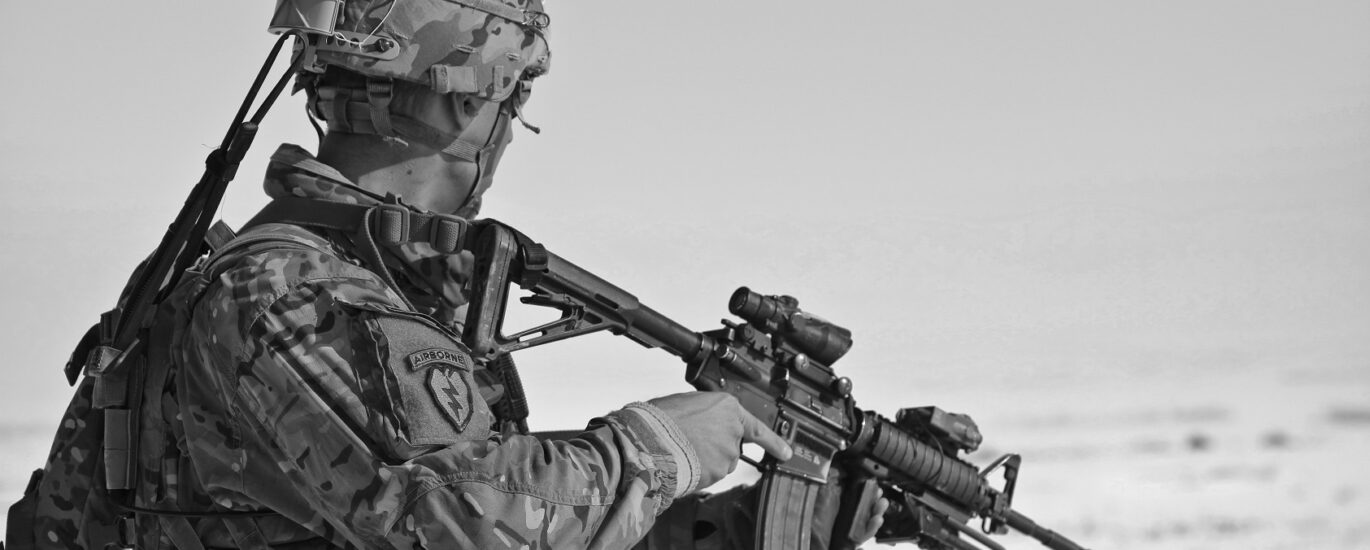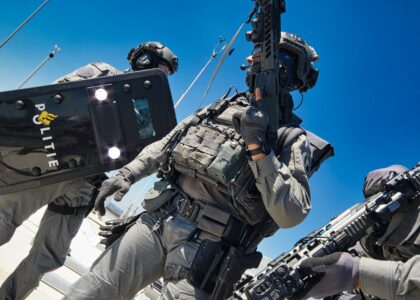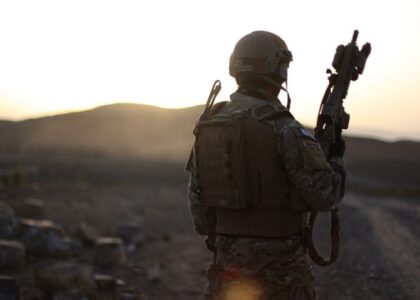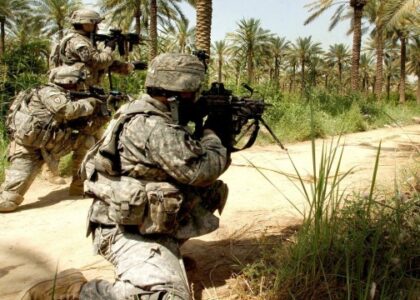Level 3 Armor plates are essential components of personal protective equipment for military, law enforcement, and security personnel. Manufactured with the highest quality materials, these plates are designed to provide superior protection against ballistic threats while still allowing users to remain mobile during dangerous situations. Let’s take a look at the components of Level 3 armor plates.
Armor Plate Construction
Level 3 armor plates are typically constructed from ceramic or hard steel materials. The construction of these plates is designed to disperse the energy from a projectile across a larger area and reduce its penetration depth. This allows them to effectively resist high-velocity rounds like those fired from rifles and shotguns. In addition, armor plates can be made in various shapes and sizes to fit different body types and tactical needs.
Weight Considerations
The weight of an armor plate can vary significantly depending on its construction materials and size. Generally speaking, ceramic plates tend to be lighter than steel ones but offer less protection against certain types of projectiles. On the other hand, steel plates are typically heavier but more effective at stopping certain types of rounds. As such, military personnel and other users need to select their protective gear based on their specific environment and mission requirements.
Additional Benefits
In addition to protecting against ballistic threats, Level 3 armor plates also offer additional benefits such as increased mobility and comfort levels. Many modern designs feature ergonomic shapes that allow users to move freely without feeling restricted or weighed down by heavy equipment. Furthermore, some models are available with anti-ballistic covers that help protect against shrapnel fragments and other debris while still allowing air circulation around the wearer’s body for added comfort during long periods of use in the field.
In conclusion, several important factors need to be considered when selecting Level 3 armor plates for use in military operations or other high-risk environments. From construction materials and weight considerations to ergonomic design features, these factors will all play an important role in determining which type of plate best suits your needs. With the right selection process, you can ensure that your team has access to reliable protective gear that provides maximum safety without sacrificing mobility or comfort levels in harsh conditions.
For more articles, please click here.






Recent Comments